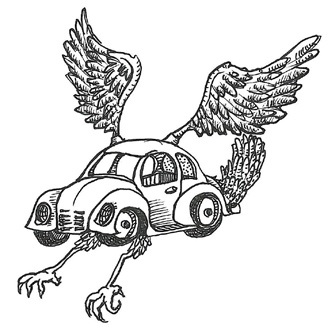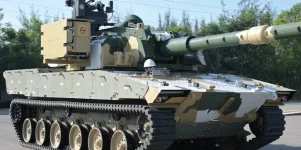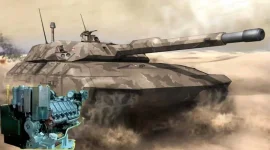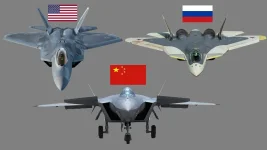- Views: 967
- Replies: 7
In a landmark achievement for India’s indigenous defence capabilities, the Combat Vehicles Research & Development Establishment (CVRDE) has reported a major breakthrough in propulsion technology.
The Chennai-based DRDO laboratory confirmed that its jointly developed 600 HP high-power-density diesel engine successfully delivered a peak output of 675 HP during recent validation trials, surpassing its initial design specifications by a significant margin.
Surpassing Expectations
The development has generated considerable optimism within the Indian armoured vehicle community. The engine, part of the “Generation-1” family, was designed with a rated power of 600 HP.However, during rigorous testing, it demonstrated the capability to produce 675 HP—an excess of 12.5% over the baseline—while maintaining all critical thermal and reliability safety margins.
This feat is particularly notable as it was achieved without compromising the engine's stability. Engineers observed that even at this heightened output, the unit operated within safe Exhaust Gas Temperature (EGT) limits, prompting a formal decision to re-rate the powerpack’s capabilities.
Rigorous Testing Regime
The engine is the product of a strategic public-private partnership between CVRDE and commercial automotive giant Ashok Leyland.To validate its robustness, the powerpack underwent a gruelling testing regime, including:
- 500-hour endurance trials at CVRDE’s Engine Research Centre in Avadi.
- High-altitude trials in the rarefied atmosphere of Leh, Ladakh.
The ability to maintain performance at altitudes up to 4,500 metres is a critical operational requirement for the Indian Army, which maintains a substantial presence in the Himalayan borders of Ladakh and Sikkim.
Unlike many imported engines that suffer from "derating" (loss of power) in thin air, this indigenous unit has proven it can sustain high performance where it matters most.
Strategic Impact on FICV and WhAP
This technological success offers immediate strategic benefits for the Future Infantry Combat Vehicle (FICV) programme.Previously, private contenders for this programme—including major firms like Tata, Mahindra, Bharat Forge, and L&T—faced the prospect of importing 600–650 HP engines from international suppliers such as MTU or Caterpillar. Such imports typically involve high costs and restrictive transfer-of-technology clauses.
The availability of a domestic alternative significantly mitigates these risks.
The new engine is not only more powerful but also cost-effective. Estimates suggest a unit cost of ₹2.8–3.2 crore, which is approximately 40–45% cheaper than comparable foreign engines, even when royalty payments are factored in.
Technical Specifications at a Glance
The re-rated powerpack boasts an impressive array of features designed for modern warfare:- Peak Power: 675 HP @ 2000 rpm (surpassing the design rate of 600 HP).
- Torque: Flat curve of over 2,800 Nm between 1,300 and 1,700 rpm, ensuring massive pulling power.
- Specific Power: Greater than 26 HP/ton when integrated into 30–35-ton combat platforms.
- Weight: 1,650 kg, inclusive of the full cooling system.
- Advanced Electronics: Equipped with Full-Authority Digital Engine Control (FADEC) and Health & Usage Monitoring Systems (HUMS).
- Cooling: A high-efficiency liquid cooling system with smart thermal management.
This milestone not only bolsters the "Make in India" initiative but also ensures that future Indian armoured columns will be powered by indigenous hearts.






